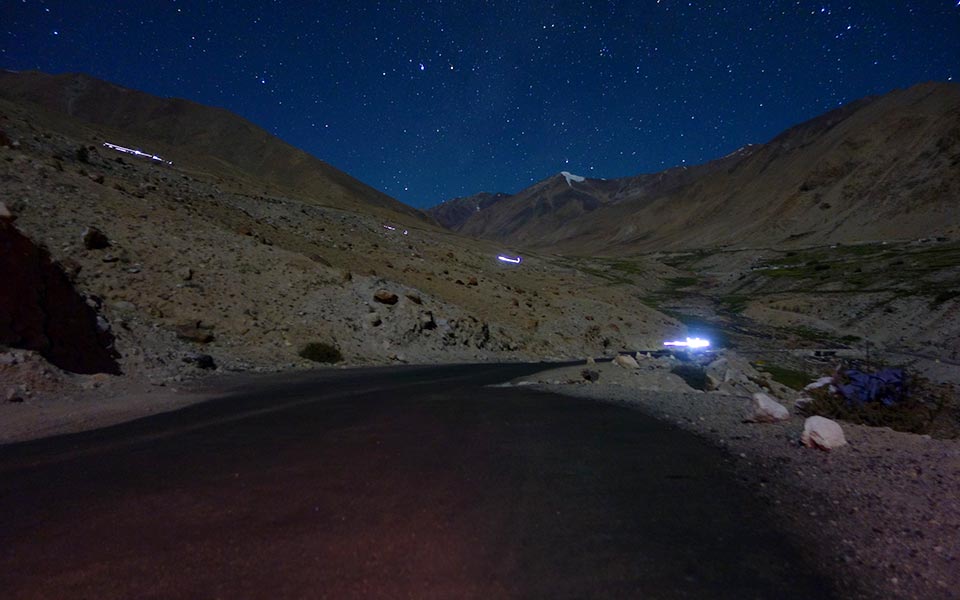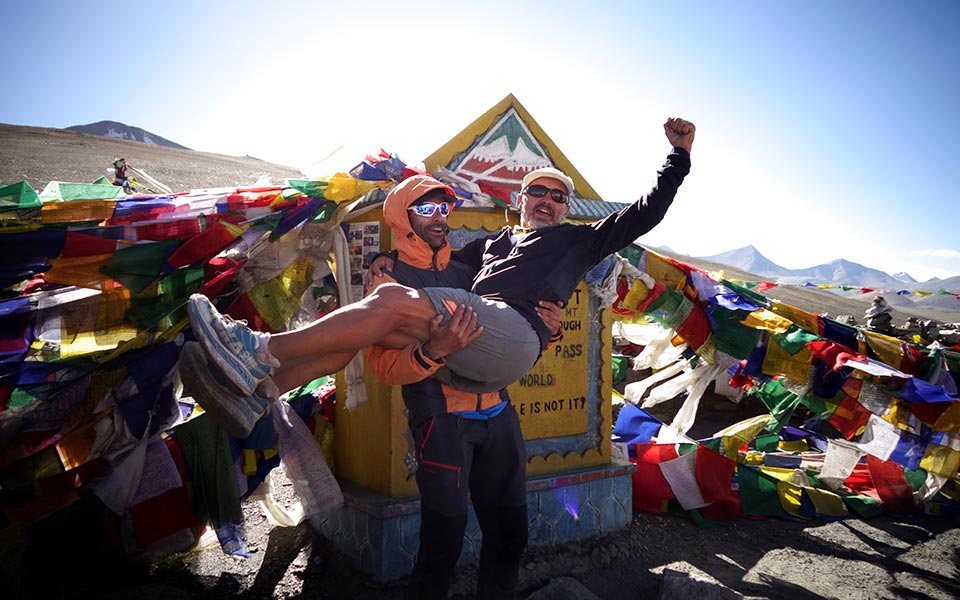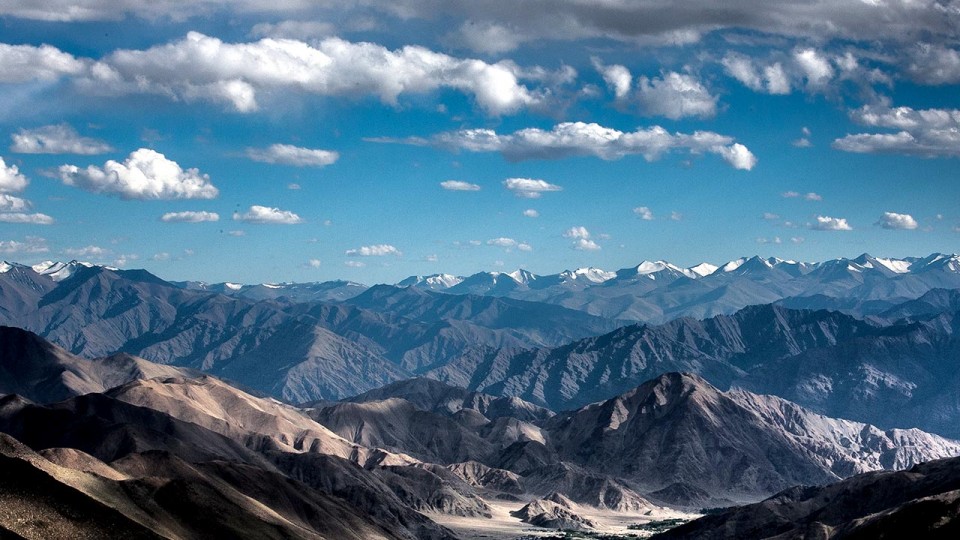From its inaugural race line-up of only 3 international athletes in 2010, La Ultra – The High has evolved into an exclusive, invitation-only race ultramarathon that has made headlines as one of the world’s most daring, dangerous and thrilling events in the world.
Conceptualised in 2009 by Dr Rajat Chauhan, La Ultra – The High is an ultramarathon that takes runners over the 2 highest passes in the world (Khardung La and Wari La) in the Indian Himalayas. There are 3 distances for the upcoming race in August 2015: 111km, 222km, and 333km.
Taking place in the high altitude desert region of Leh-Ladakh, La Ultra involves running in an atmosphere that contains less than 40 percent oxygen content, where the temperature varies from 40 to negative 10 degrees Celsius, and with a level of radiation 60 percent higher than in the plains! Athletes will run on roads that have snow-capped mountains on one side and steep gorges — some with gurgling rivers — on the other.
Deal with Blizzards, Avalanches and Flooding Rivers!
To prepare for a race at such altitudes, the runners and the crew members need to arrive in Ladakh at least 11 days before the race begins in order to acclimatise to the scarce oxygen levels. As part of the initial process of acclimatisation, La Ultra organises activities such as climbs, small treks/hikes and local sightseeing. This year, they organised a trek atop Stok Kangri, a mountain peak at a height of 6,151m.
The race itself starts at an elevation of 3,200m at Nubra Valley. Runners will climb up Khardung La (5,395m); after a steady steep slope, they will pass through South Pullu, and the first 111 km is completed at Spituk, near Leh. The next day, the climb takes them to the Wari-La pass (5,303m, a recent addition to the race), after which the race ends at 333 km in the More plains, a sprawling and picturesque pasture right in the middle of the Ladakh Valley.
In the previous editions of La Ultra, the challenging conditions see runners encountering anything from blizzards, avalanches to flooding rivers, besides coping with high-altitude sickness.

Extreme Conditions and Strict Time Limits Ensure an Unforgettable Race Experience
As if the race was not challenging enough, there are tight time limits in place to keep the safety of runners in mind.
For the first 48 km (all an uphill climb), the cut-off times are 7 and 8 hours, respectively, for 111/222 km and 333km participants. At 78km, the cut-off of 15 hours applies to all distances. The next cut-offs are at 111km, 222km, 278km and 333km in 24, 48, 65 and 72 hours, respectively. The race is nonstop, and the clock doesn’t stop running while participants are resting.
Runners will use this time to run, walk or crawl, besides accommodating time for sleeping, eating or going to the loo. To runners in pursuit of the ultimate adventure, La Ultra is the most exciting (and perhaps the deadliest) ultramarathon in the world.

The World’s Best Endurance Athletes Just Keep Coming Back for More!
Kim Rasmussen from Denmark has the distinction of being the only finisher amongst 14 other competitors in 2014’s 333km category. Just to put it in perspective, out of the 15 elite runners who made it to the start line of this year’s edition, only Kim made it across the 333km finish line. He covered the distance in 71 hours, 23 minutes and 3 seconds.
La Ultra’s tagline is “Failing is not a crime; lack of effort is”; and there have been plenty of outstanding individuals who have made the effort. Runners have raced La Ultra multiple times — such as Molly Sheridan (thrice), Mark Wolley (twice, finishing the 222km in 2012) and Michael Nielsen (the 2012 winner for 222km), but no one has won the race multiple times.

The challenging conditions that constantly test even the strongest of competitors are what keep the world’s best endurance athletes coming back to La Ultra for more!
La Ultra – The High will take place on 16 August 2015. Registrations are now open until 15 January 2015. This race is invite-only, and runners must fulfil the qualification criteria in order to participate. Race fees are INR35,000 (US$571) for the 111km category, INR115,000 (US$1,878) for the 222km category, and INR190,000 (US$3,104) for the 333km category, which all include food, lodging, and more.





